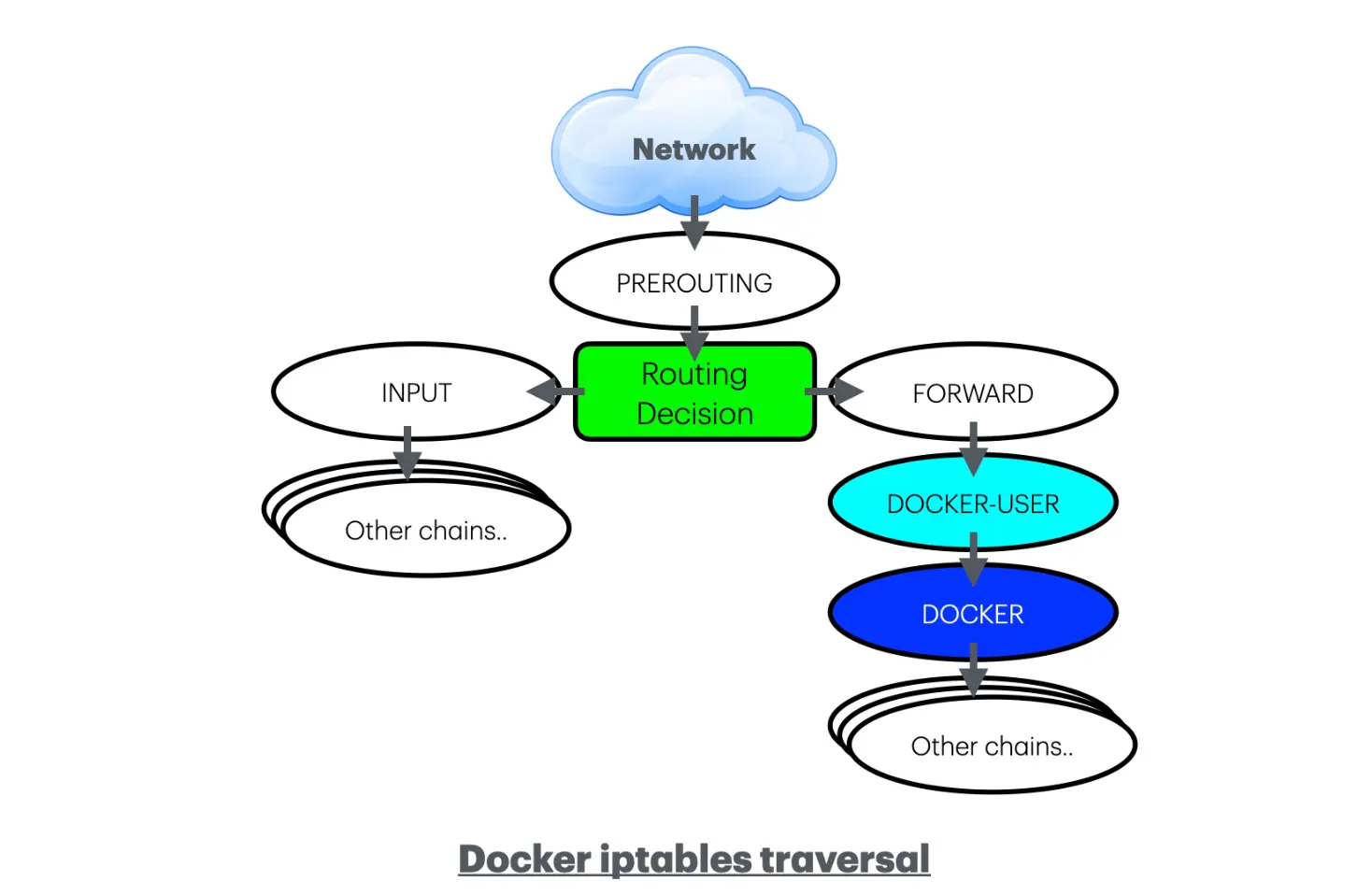Introduction to Nuxt3 and Rendering Modes

Nuxt is a free and open-source framework which helps us build performant full-stack web applications and websites with Vue.js. Nuxt is built on top of Vue, so it is also called a meta-framework. Nuxt uses conventional style directory structure to streamline repetitive tasks and allow developers to focus on more important operational tasks. The configuration file can be used to customize the default behaviors.
Nuxt3 features
-
File-based routing. Nuxt generates routes based on the Vue files and folder structure within the
pages/directory. For example, if we have apages/contact.vuefile, Nuxt will generate a corresponding route at/contact. It also supports dynamic routing:pages/product/[sku].vueincludes the route/product/APPLE, giving the[sku].vuesingle-file component access to the valueAPPLE. -
Auto-imports. Components, composables, and helper functions have their respective directories which can be used across the project without importing them. This feature enhances the developer experience by removing the long list of imports. Nuxt also supports automatic importing of Vue APIs. It can be configured to import third-party packages using the
nuxt.configfile. Auto import …
javascript vue frameworks
Uploading multiple files in a single request in an ASP.NET Core application

We recently developed a web application for maintaining an ecommerce site’s product catalog. Unsurprisingly, one of the features involved the management of product images. Specifically, we wanted to create a page where all the images of a given product were displayed and new ones could be uploaded.
In addition to that, this wasn’t a single-page application. We weren’t using a JavaScript framework and instead were relying on regular server-rendered views with ASP.NET Razor Pages. Even so, we wanted to create a user experience with a good balance of usability and development complexity. So, we decided to create the capability of uploading several image files at once within a single request — that is, within a single HTML form submission.
In this article, I’m going to describe the solution that we came up with in order to make this happen.
To demonstrate the approach, I’ll use a sample ASP.NET Core solution that I’ve been building out throughout several blog posts. Its main feature is calculating the value of used cars and offering quotes for them. The system stores all generated quotes as database records. Given this context, we’ll add the …
dotnet aspdotnet csharp
Secure Your Dockerized Nginx with Let's Encrypt SSL Certificates

Photo by Animesh Srivastava from Pexels.
In this tutorial I will demonstrate how to secure Nginx on Docker using HTTPS, leveraging free certificates from Let’s Encrypt. Let’s Encrypt certificates provide trusted and secure encryption at no cost, although they require renewal every 90 days. Fortunately, this renewal process can be automated with various tools. We will use acme.sh, a versatile Bash script compatible with major platforms. The tutorial will guide you through obtaining Let’s Encrypt certificates on the host system and mounting them as a volume in the Nginx container. Please ensure the following prerequisites are met before proceeding:
- Working Docker Engine
- Working domain name
- A host with ports 80 and 443 that is accessible from the internet
1. Domain validation
First, we need an Nginx instance on Docker that will expose port 80 and have a directory on the host mounted for its web root. This is required by acme.sh for its file-based domain validation. I’ve prepared a Docker Compose file (docker-compose.yml) and an Nginx configuration file (nginx.conf) for this purpose. Git clone the following repository and change into the directory
git clone …docker linux nginx tls security
Practical Linux Command Line Tips for Productivity and Efficiency

Feeling stuck with basic Linux commands? You’re not alone! Many people know some commands but don’t feel efficient. The good news is that with some know-how and common commands, you can transform your skills.
In this post, you’ll learn to combine commands with pipes, master shell techniques, efficiently recall and edit past commands, and navigate the filesystem with speed. Let’s dive in!
1. Combining Commands with Pipes
Understanding How Pipes Work
Ever wish your commands could work together? Pipes make it happen! They let one command pass its output to another, creating a smooth workflow.
Commands take input (stdin) and give output (stdout). The pipe symbol (|) links them, making life easier.
For example, ls -l /bin lists files in the /bin directory, but the amount of output is overwhelming. Try ls -l /bin | less to view one screen at a time—like having a personal organizer! This command pipes the output of the ls command into the pager less, which is very useful for reading large amounts of data.
Let’s dive into pipes and practice them with commands like wc, head, cut, grep, sort, and uniq to handle data like a pro. If any of these commands are new to …
linux shell tips
Docker and iptables

Photo by Egor Kamelev from Pexels.
Docker utilizes iptables for its networking and routing. Blocking and accepting connections to the running containers on a host might be tricky at first if we are not aware of where Docker puts its chains. Docker chains are all located in the iptables FORWARD chain. Within this chain, Docker provides a convenient chain named DOCKER-USER for users to add their custom rules.
One common mistake is attempting to block Docker Containers at the iptables INPUT chain, which will not work. This is because Docker does not pass through the INPUT chain, it only passes through the FORWARD chain. The following diagram illustrates a simplified chains traversal of Docker containers.

Below are a few working examples of iptables rules that can serve as references. These rules will be applied to the DOCKER-USER chain. It’s important to note that the DOCKER-USER chain comes after the PREROUTING chain and FORWARD chain, so we’ll need to use the iptables conntrack module for getting the information about source addresses and host ports. iptables conntrack extension allows iptables to track the state of network connections passing through the system. This …
docker linux iptables redhat
End Point’s CasePointer business acquired by Deloitte
We are proud to announce that Deloitte has acquired the industry-leading public health disease surveillance business, CasePointer, from End Point Corporation as of June 1, 2024. This acquisition brings to Deloitte, End Point’s experienced and skilled software engineers, cloud developers, DevOps engineers, epidemiologists, and former public health officials.
Since 2008, End Point’s CasePointer business has worked with open-source public health software to modernize tools, automate processes, improve the user experience, and provide better return on investment to state and local public health agencies for their disease surveillance and epidemiologic needs.
Jon Jensen, End Point’s former chief technical officer, has joined Deloitte with this transaction. He said: “We are excited to work with Deloitte’s team of professionals and serve their broad client base. Together, we expect to make an even greater impact for government health organizations.”
Deloitte is only acquiring assets, clients, and personnel related to End Point’s CasePointer business. All other business lines remain with End Point, including systems administration, database engineering, e-commerce programming, application …
casepointer company epitrax emsa
How to validate record uniqueness in ASP.NET

In ASP.NET, the System.ComponentModel.DataAnnotations namespace includes many attributes that can be used to instruct the framework to perform basic validation tasks for us. There are built-in validators for ensuring that certain fields are present, that they meet character length limits, that they don’t exceed or fall short of certain amounts, that they match certain formats, and more.
One omission however, is checking for record uniqueness: making sure that no other record in the entity’s underlying persistent data storage has the same “name”, or the same “code”, or the same “any other field”.
In this article, we’re going to try to address this shortcoming by implementing this type of uniqueness validation ourselves. We will see two approaches: a simpler solution using a database index, and a more flexible one using a custom validation attribute. Let’s get started.
Throughout this article, I will be using a demo Web API application for code examples. If you’d like to see what the final implementation looks like, you can find all the code on GitHub.
The API is about calculating quotes for used vehicles based on …
dotnet aspdotnet csharp
Writing integration tests for an ASP.NET Web API

Integration tests exercise a system by instantiating major components and making them interact with each other. They are great for validating important use case scenarios in an end-to-end or close to end-to-end manner.
Full integration tests seldom use mocks or fake objects. Usually, the full stack is tested as if the entire system were running for real. For REST APIs, that generally means tests that involve issuing HTTP requests, validating HTTP responses, and asserting on changes made to a persistent data store, like a database.
In this article, we’re going to discuss how to write such tests for a Web API built using ASP.NET.
Introducing the project
I’ll use an existing ASP.NET Web API project to demonstrate how to write these tests. The API is part of a system that calculates the value of used cars and offers quotes for them. As such, the API has an endpoint for calculating a vehicle quote, given its information and condition: POST /api/Quotes. It also has an endpoint for administration purposes that returns all the quotes that have been stored in the system’s database: GET /api/Quotes. These are the two endpoints that we’ll want to test.
The source …
testing dotnet aspdotnet csharp rest api




